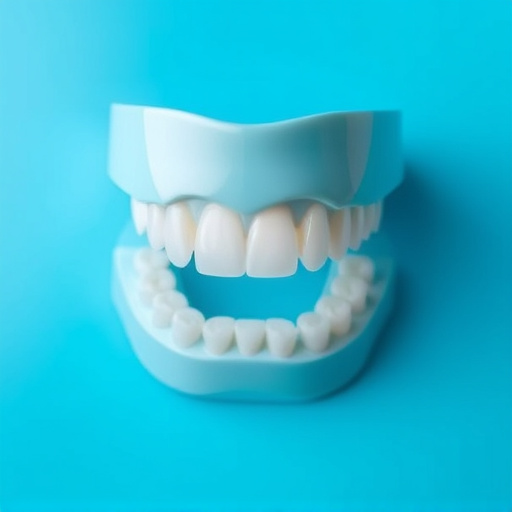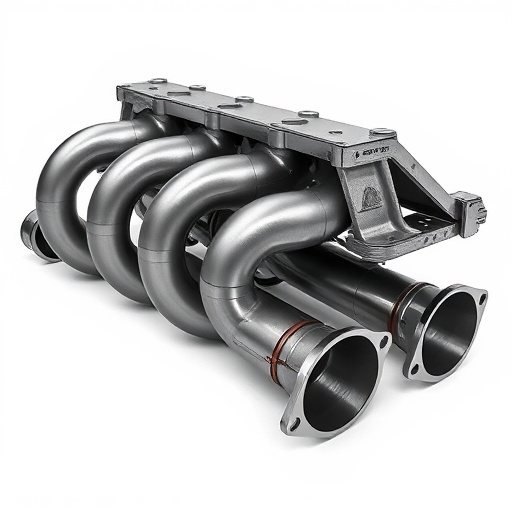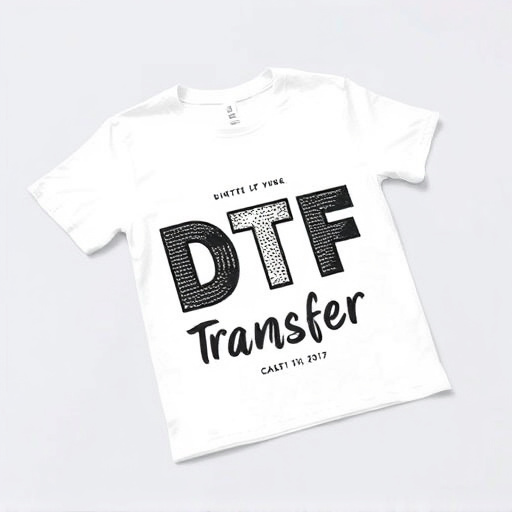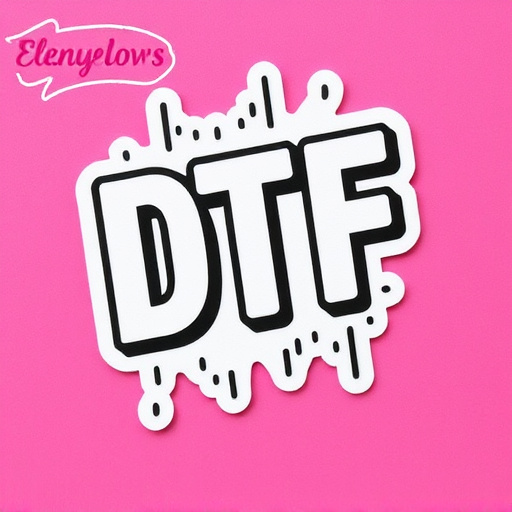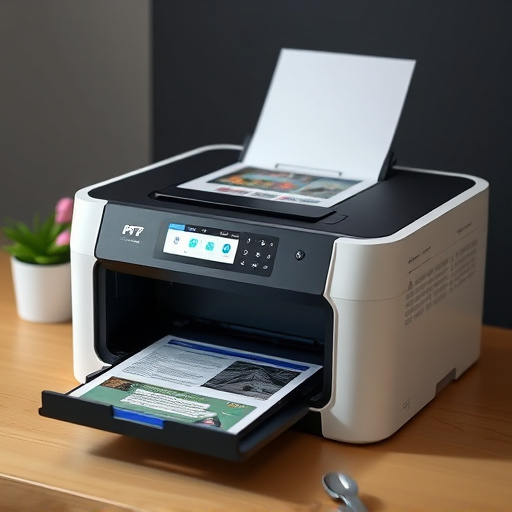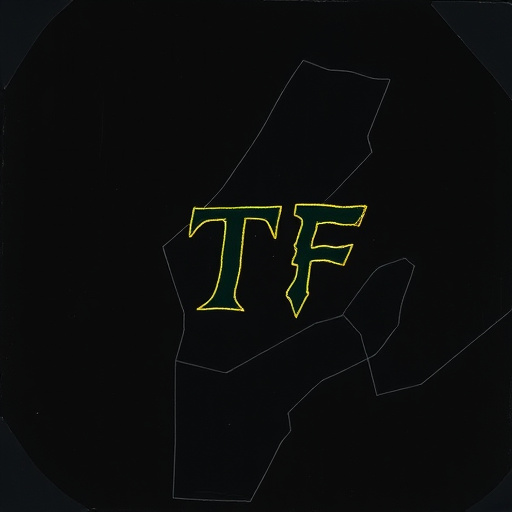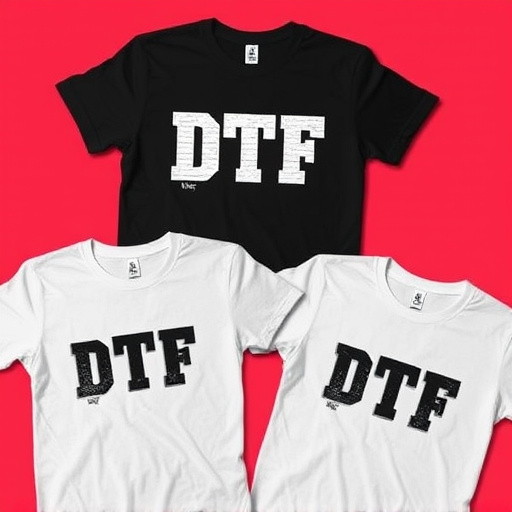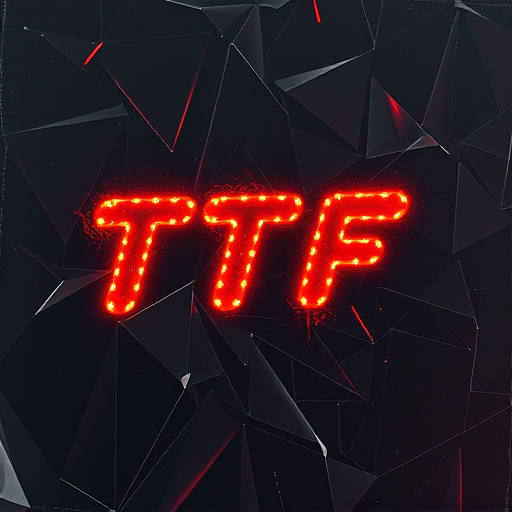DTF (Direct-To-Fabric) Printing is a game-changer in the textile industry, offering efficient and versatile on-demand printing directly onto fabric. With vibrant colors, crisp details, and exceptional durability, this technology suits mass production and custom design applications across apparel, home décor, and accessories. Compatible with natural fibers like cotton and linen as well as synthetic options such as polyester and nylon, DTF Printing empowers businesses to swiftly bring unique designs to market while catering to diverse consumer preferences in the dynamic fashion landscape. Optimal results require specific equipment including heat press machines, applicator tools, preparation tools, protective gear, and clean work surfaces. Best practices for heat pressing pre-made transfers include precise temperature and pressure control, preheating, alignment, consistent application of heat and pressure, gradual cooling, regular cleaning, and high-quality transfer papers to ensure long-lasting designs without warping or smudging.
“Discover the efficiency of pre-made transfers for immediate heat application with DTF (Direct-to-Fabric) printing. This cutting-edge technology revolutionizes custom apparel and product design. Our article offers a comprehensive guide, exploring the benefits, fabric compatibility, design tips, essential tools, and best practices for successful EazyDTF Transfer applications. By understanding DTF Printing, you’ll unlock the potential to create vibrant, permanent designs on various fabrics swiftly.”
- Understanding DTF Printing: A Overview of Direct-to-Fabric Technology
- Benefits of Pre-made Transfers for Immediate Heat Application
- Types of Fabrics Compatible with DTF Printing Process
- Designing and Preparing Transfer Artworks for Optimal Results
- Equipment and Tools Essential for Efficient DTF Transfer Application
- Best Practices for Heat Pressing Pre-made Transfers Permanently
Understanding DTF Printing: A Overview of Direct-to-Fabric Technology
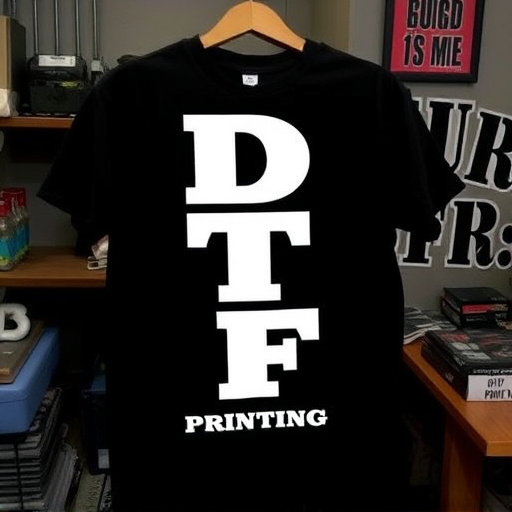
Direct-to-Fabric (DTF) Printing is a cutting-edge technology that has revolutionized the way we apply heat transfers to fabrics. Unlike traditional methods, DTF printing bypasses the need for intermediate materials like paper or vinyl, enabling direct printing onto various fabric surfaces. This innovative approach offers unparalleled versatility and precision, catering to both mass production and custom design applications.
With DTF Printing, designs are precisely transferred onto fabrics using specialized printers that deposit pigments or dyes directly onto the material. This method ensures vibrant colors, crisp details, and exceptional durability, making it suitable for a wide array of products, from apparel and accessories to home décor and more. The technology’s efficiency and adaptability have made it a game-changer in the textile industry, allowing businesses and designers to create unique, high-quality items at remarkable speeds.
Benefits of Pre-made Transfers for Immediate Heat Application
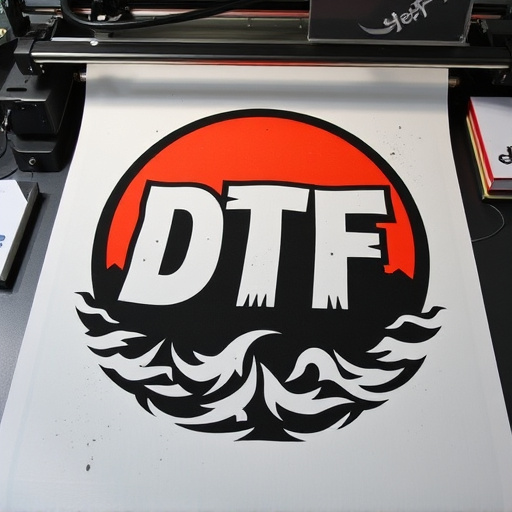
Types of Fabrics Compatible with DTF Printing Process
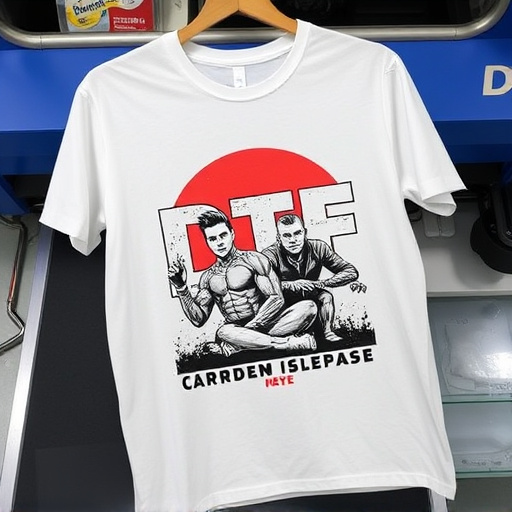
The DTF (Direct to Fabric) printing process offers a versatile method for applying heat transfers to various fabrics, allowing for quick and efficient customization. When it comes to compatible materials, DTF technology supports a wide range of textiles, ensuring designers and manufacturers can choose the right option based on their project requirements. Natural fibers like cotton and linen are excellent choices due to their porosity and ability to absorb inks effectively. These fabrics are commonly used in apparel, allowing for vibrant and long-lasting designs.
Synthetic materials such as polyester and nylon also align well with DTF printing. Polyester’s durability and wrinkle resistance make it a popular choice for items like bags and accessories. Nylon, known for its strength and flexibility, is suitable for applications requiring stretch and resilience. Additionally, blends of these fabrics can be utilized to combine the desired attributes of both natural and synthetic fibers, catering to diverse product needs in the apparel, home décor, and accessory industries.
Designing and Preparing Transfer Artworks for Optimal Results
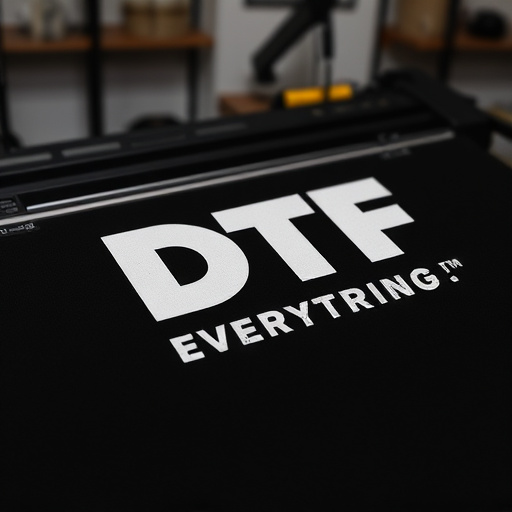
Equipment and Tools Essential for Efficient DTF Transfer Application
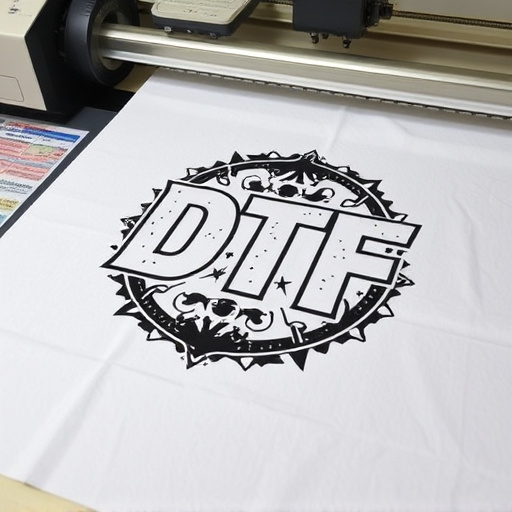
To efficiently apply pre-made transfers designed for immediate heat, several key equipment and tools are essential for optimal DTF (Direct to Fabric) printing results. A reliable heat press machine is at the heart of the process, allowing for precise temperature and pressure control. This ensures the transfer adheres perfectly to various fabric types. Alongside, a diverse set of applicator tools, such as spatulas and squeegees, facilitate the even distribution of heat and pressure during the transfer process.
Additionally, preparation tools like precision cutters and weeding tools are indispensable for meticulously trimming excess material from the transfer and carefully lifting it from the backing paper. Proper protective gear, including gloves and safety glasses, safeguard against hot surfaces and potential debris. Lastly, a clean work surface with suitable fabric samples ensures accuracy during testing and final application.
Best Practices for Heat Pressing Pre-made Transfers Permanently
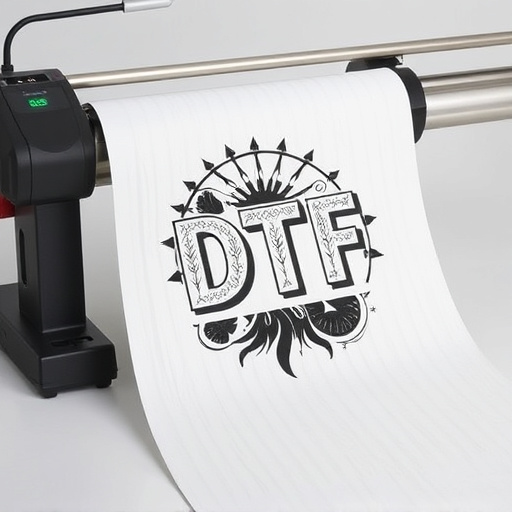
When it comes to heat pressing pre-made transfers with a DTF (Direct-to-Fabric) printing method, adhering to best practices ensures long-lasting results. The key lies in understanding the right temperature and pressure settings for your specific transfer material and fabric type. Exceeding recommended temperatures or applying insufficient pressure can lead to inadequate bonding or even damage to the design.
It’s crucial to preheat the press and ensure proper alignment of the transfer before starting the pressing process. Timely application of heat and maintaining consistent pressure throughout are vital. After pressing, allow the design to cool down gradually before removing it from the fabric to prevent warping or smudging. Regular cleaning of the press and using high-quality transfer papers also contribute to consistently excellent results.
